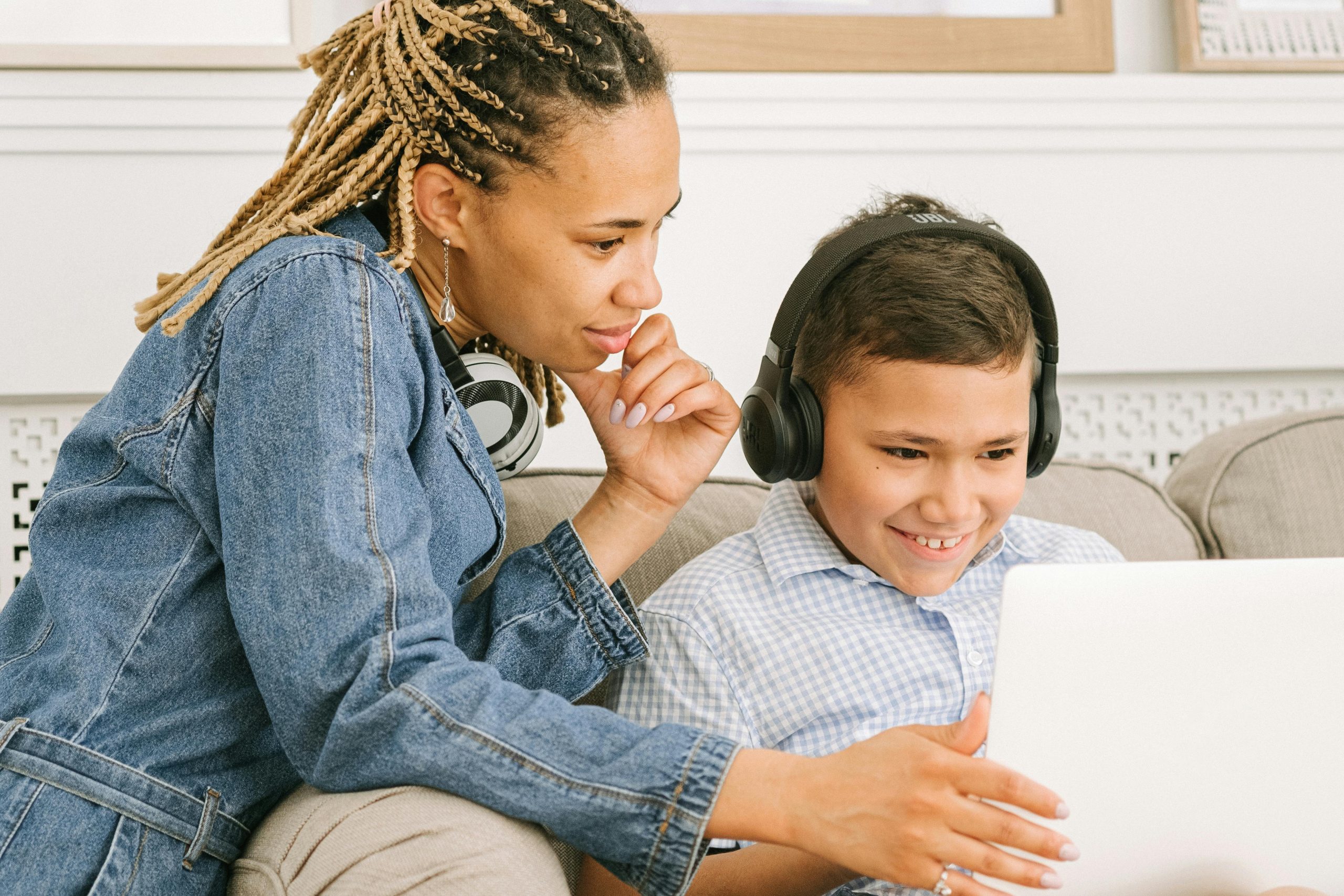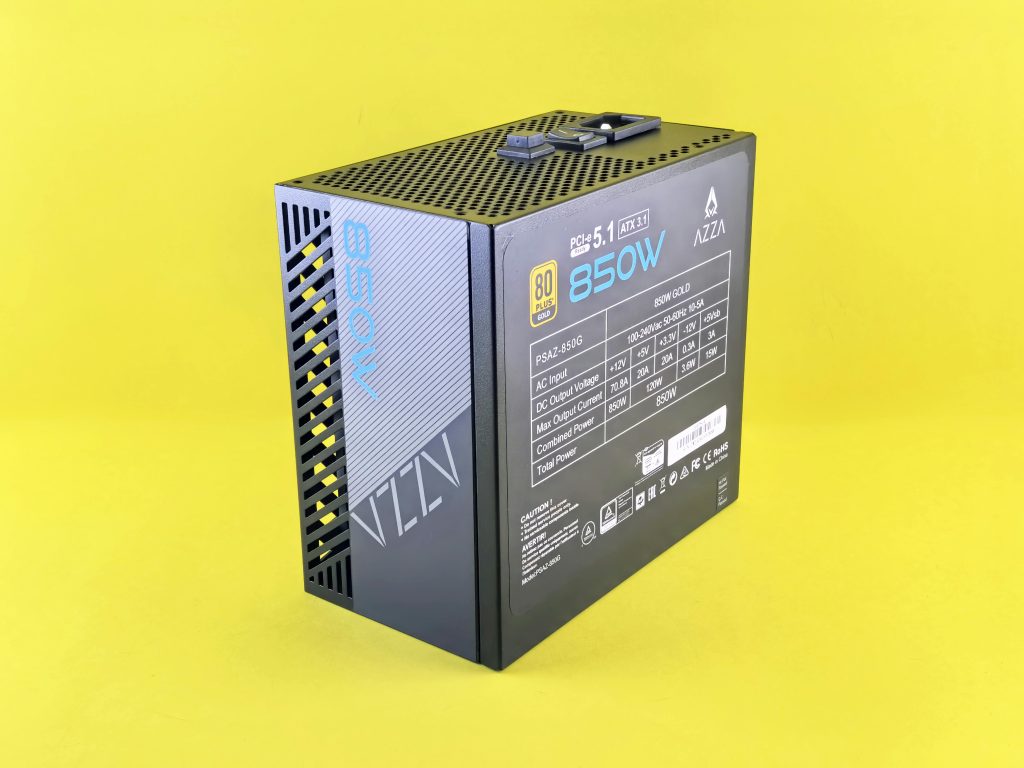Can I Connect Two Monitors to My Lenovo Yoga Slim 7x Using USB-C to DisplayPort Cables? A Technical Perspective
Many users looking to expand their workspace wonder about the feasibility of connecting multiple external monitors via their laptops’ USB-C ports. Specifically, if your device offers dual USB-C ports supporting DisplayPort (DP) Alt Mode, you might be considering simple solutions like using two USB-C to DP cables to connect two monitors simultaneously.
Understanding the Hardware and Ports
The Lenovo Yoga Slim 7x features multiple USB-C ports that support DisplayPort Alternate Mode (DP Alt Mode). This technology allows the port to transmit video signals through the USB-C connection directly to external displays. Since both ports accommodate DP Alt Mode, theoretically, they can each output a video stream independently.
The Basic Assumption
Your plan involves purchasing two USB-C to DisplayPort cables, each supporting 60Hz refresh rates as specified on platforms like Amazon. The goal is to connect each cable to a separate USB-C port on your laptop and then to your monitors’ DisplayPort inputs.
Key Considerations & Potential Challenges
-
Dual-Output Capabilities of the Laptop:
Many laptops support multiple simultaneous video outputs via their USB-C ports, but this is not universal. It depends on how the graphics hardware and firmware handle multi-streaming. Some devices can output to multiple external displays from each port independently, while others may only support one external display at a time per port or require specific configurations. -
Graphics Card and Driver Support:
The integrated graphics and driver configuration of your Lenovo Yoga Slim 7x determine whether multiple external displays can be driven simultaneously. In some cases, the GPU’s specifications limit the number of external displays or the total bandwidth allocated. -
Bandwidth and Display Resolution:
Connecting two monitors at 60Hz each via USB-C to DP cables requires sufficient bandwidth. Even if both DP Alt Mode ports support this, the total bandwidth of your GPU and the capabilities of your cables could impose limits, affecting resolution or refresh rate. -
Cabling and Compatibility:
Using high-quality cables that explicitly support the desired resolution and refresh rate is essential. While Amazon’s USB-C to DP cables may state support for 60Hz, ensure they are compatible with your specific use case and hardware. -
Configuring Display Settings:
After physically connecting the monitors, you will need to configure
Share this content:



